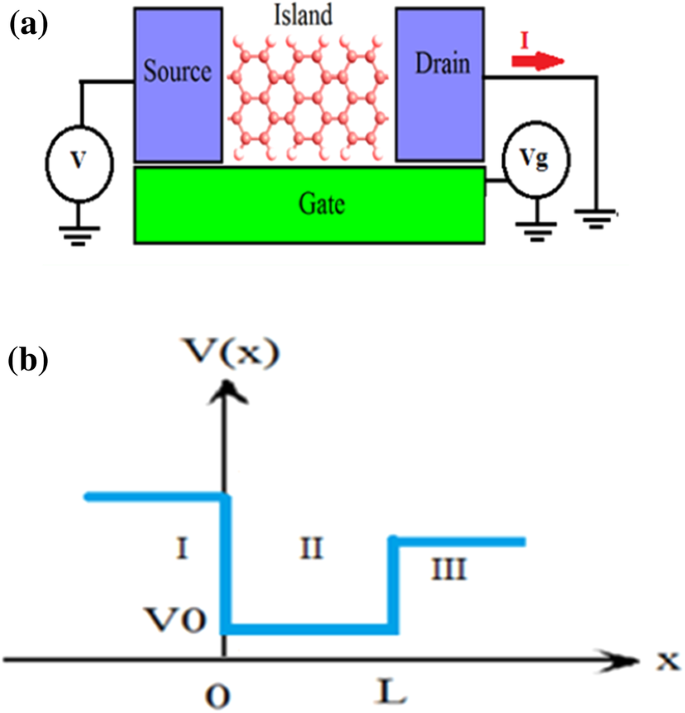
īajorowicz B, Kobylański MP, Gołąbiewska A, Nadolna J, Zaleska-Medynska A, Malankowska A (2018) Quantum dot-decorated semiconductor micro- and nanoparticles: a review of their synthesis, characterization and application in photocatalysis. Kim J, Lee B, Kim YJ, Hwang SW (2019) Enhancement of dye-sensitized solar cells efficiency using graphene quantum dots as photoanode. Zhao D, Yang C-F (2016) Recent advances in the TiO 2/CdS nanocomposite used for photocatalytic hydrogen production and quantum-dot-sensitized solar cells. Mnasri G, Mansouri S, Yalçin EL, Al-Ghamdi AA, Yakuphanoglu F (2020) Characterization and study of CdS quantum dots solar cells based on graphene-TiO 2 nanocomposite photoanode. Zheng Y, Gao S, Ying JY (2007) Synthesis and cell-imaging applications of glutathione-capped CdTe quantum dots.

Umar AA, Reshak AH, Oyama M, Plucinski KJ (2012) Fluorescent and nonlinear optical features of CdTe quantum dots. Landry ML, Morrell TE, Karagounis TK, Hsia C-H, Wang C-Y (2014) Simple syntheses of CdSe quantum dots. Roy S, Tuinenga C, Fungura F, Dagtepe P, Chikan V, Jasinski J (2009) Progress toward producing n-type CdSe quantum dots: tin and indium doped CdSe quantum dots. Patil SB, Basavarajappa PS, Ganganagappa N, Jyothi MS, Raghu AV, Reddy KR (2019) Recent advances in non-metals-doped TiO 2 nanostructured photocatalysts for visible-light driven hydrogen production, CO 2 reduction and air purification. īasavarajappa PS, Patil SB, Ganganagappa N, Reddy KR, Raghu AV, Reddy CV (2020) Recent progress in metal-doped TiO 2, non-metal doped/codoped TiO 2 and TiO 2 nanostructured hybrids for enhanced photocatalysis. īahnemann W, Muneer M, Haque MM (2007) Titanium dioxide-mediated photocatalysed degradation of few selected organic pollutants in aqueous suspensions.

Zhao P, Huo P, Han X, Liu B (2019) Enhanced photodegradation activity of electrospun porous TiO 2 fibers. Huo P, Hansen JØ, Martinez U et al (2012) Ethanol diffusion on rutile TiO 2(110) mediated by H adatoms. Huo P, Kumar P, Liu B (2018) The mechanism of adsorption, diffusion, and photocatalytic reaction of organic molecules on TiO 2 revealed by means of on-site scanning tunneling microscopy observations. O’Regan B, Grätzel M (1991) A low-cost, high-efficiency solar cell based on dye-sensitized colloidal TiO 2 films. Nakabayashi S, Fujishima A, Honda K (1985) Single charge accumulation dynamics on photocatalytic titanium dioxide particles in ethanol slurries by time domain reflectometry. īaba R, Konda R, Fujishima A, Honda K (1986) Photoelectrochemical deposition of metals on TiO 2 powders in the presence of alcohols. Moreover, the common trend in the development of GQDs/TiO 2 composites and insights into future perspectives have also been discussed.įujishima A, Honda K (1972) Electrochemical photolysis of water at a semiconductor electrode. Besides, the advanced response of GQDs/TiO 2 composite as a gas sensor can be ascribed to the enhanced ability to detect gas molecules under UV light illumination besides thermal sensing. Recent reports suggested that the incorporation of GQD into the TiO 2 noticeably increases the degradation efficiency, H 2 production, power conversion efficiency of solar cells, as well as sensitivity and selectivity in sensors owing to the extended photon absorption, facilitated charge transfer, and quench electron–hole pair recombination. The recent information regarding the application of versatile GQDs/TiO 2 composites as photocatalytic degradation, H 2 generation via water splitting, solar cells, and sensors has been discussed.

The present review aims to provide detailed information about the recent developments in this emerging field and to provide a timely overview of potential applications of the star composite GQDs/TiO 2.

Since 2013, the investigations regarding the photodriven applications of the versatile GQDs/TiO 2 heterojunction has been harvesting the emergent research interests considering the significantly enhanced performance in a range of environment-, energy-, and bio-related areas. Despite the well-developed history of research on typical TiO 2 semiconductors, the modification of their photon-to-electron catalytic performance by incorporating graphene quantum dots (GQDs) which possesses extraordinary properties such as tuned band gap, high mobility and excellent separation of charges, great absorption capacity in the visible light region, and high surface area is still in the primary stage.


 0 kommentar(er)
0 kommentar(er)
